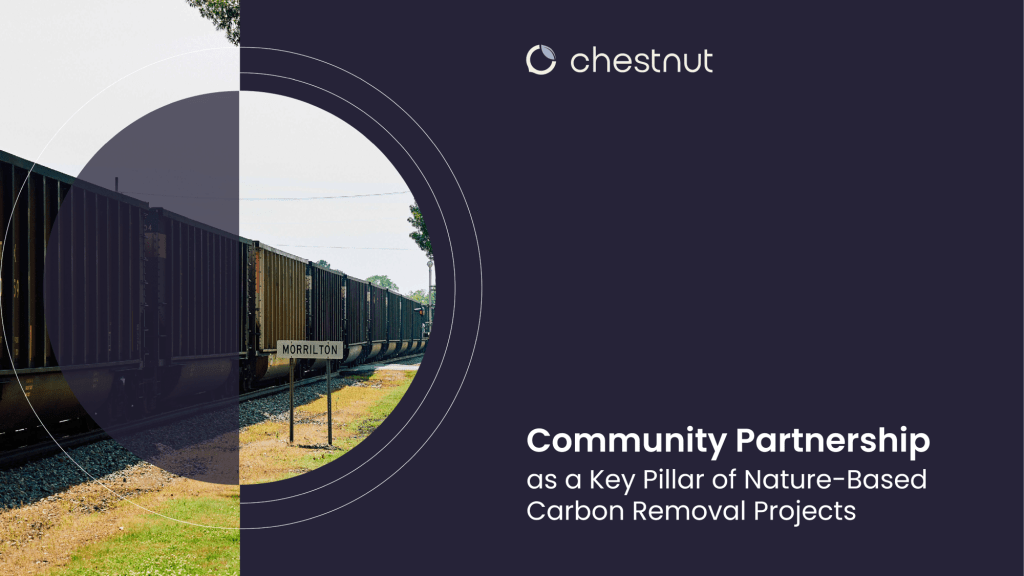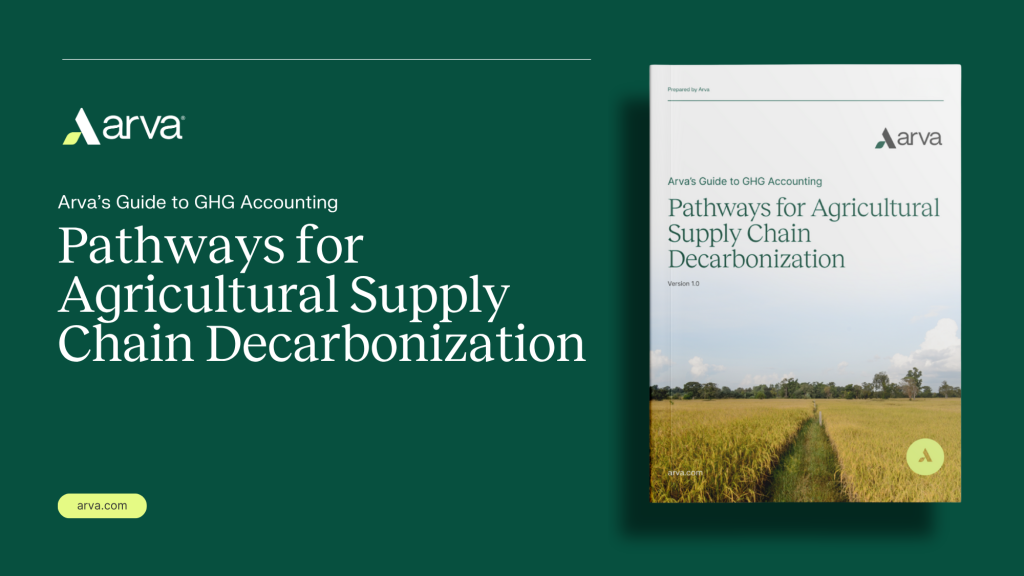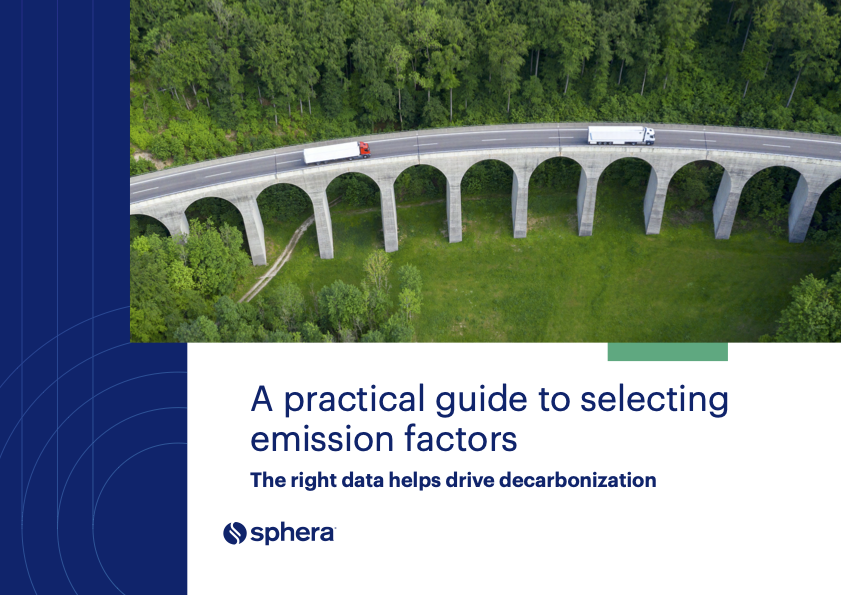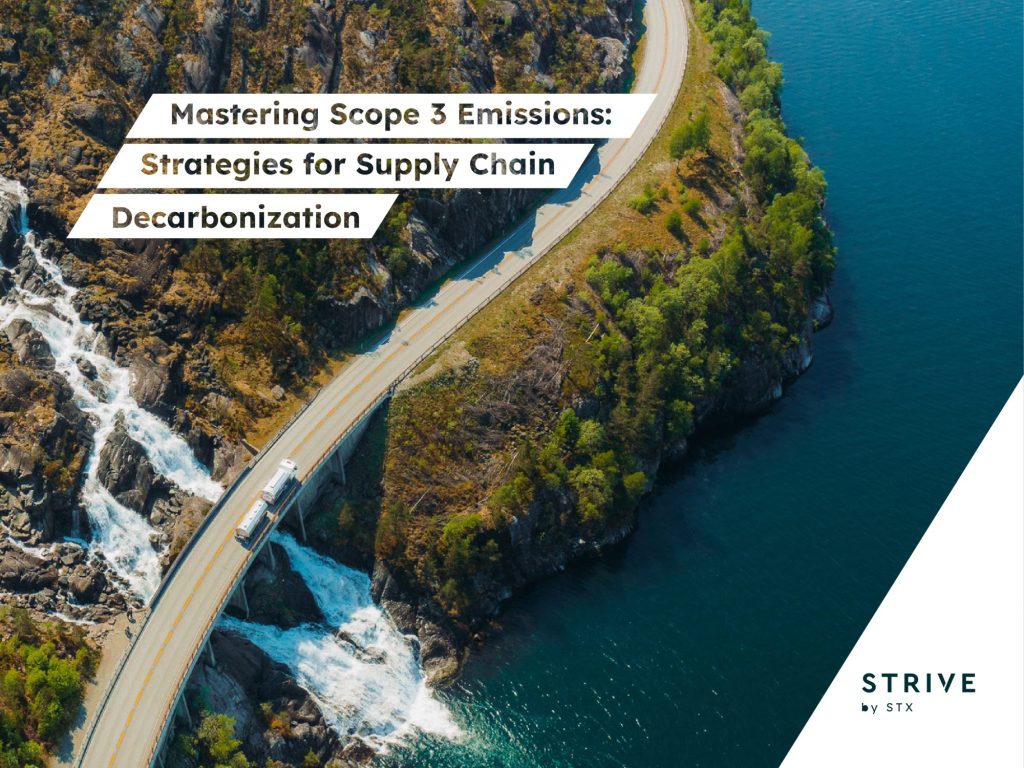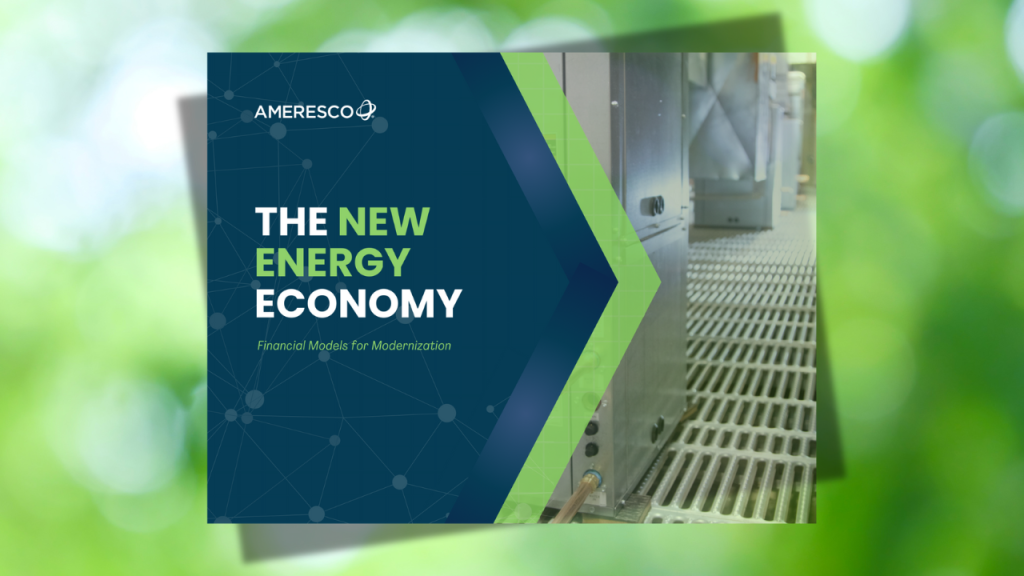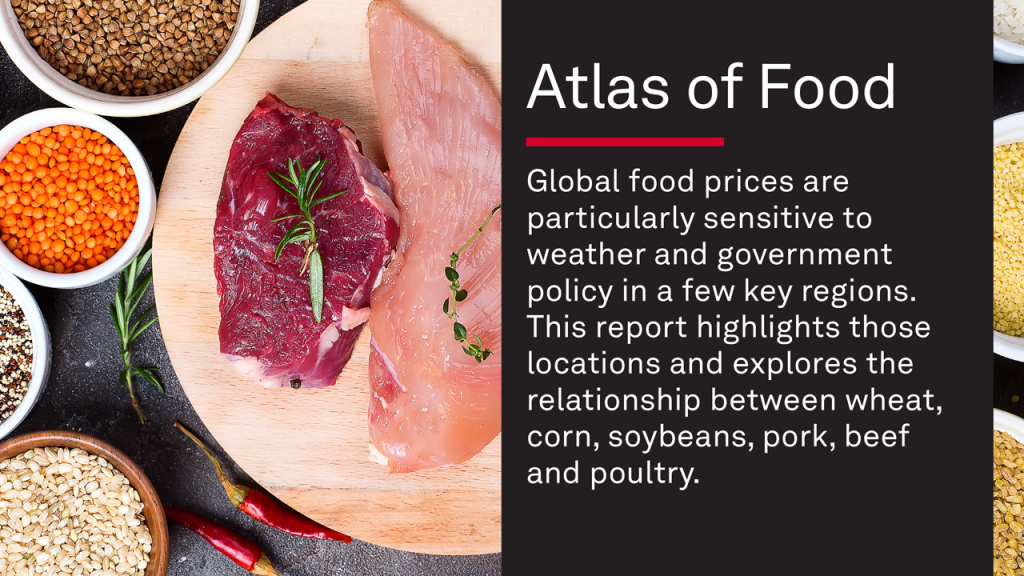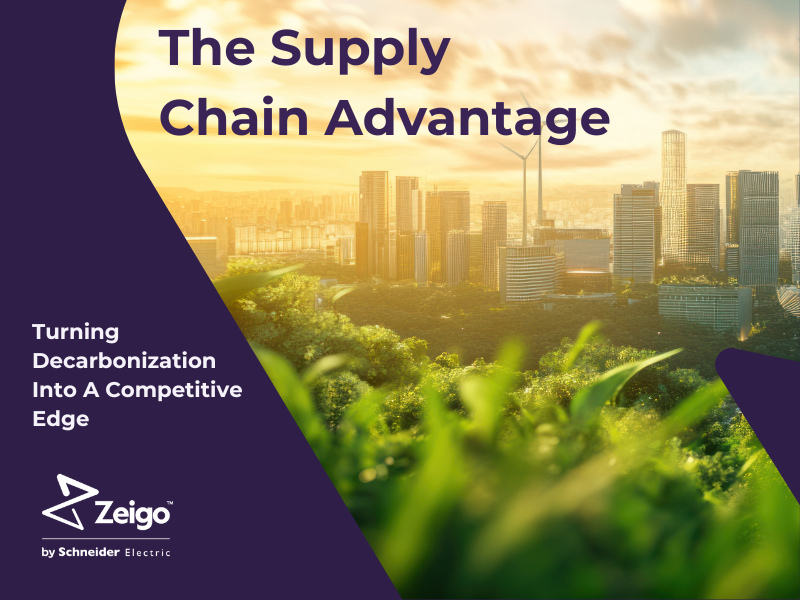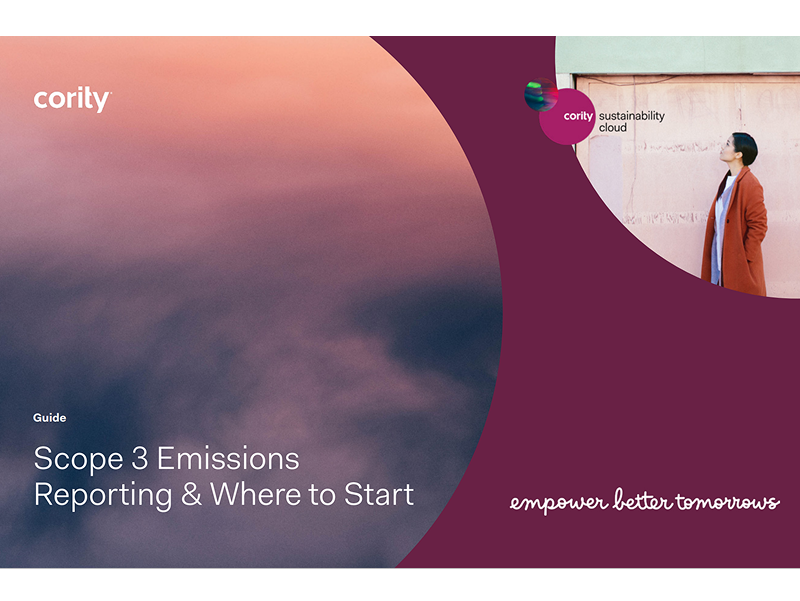Ten Things Wrong With Sprawl
In just the next thirty-four years, the Census Bureau tells us, we 300 million Americans will be joined by another 92 million. Where will all these people — mostly us and our direct descendants — live, work, play, worship, buy, sell, and serve? Where will 40 million additional households be located? What sort of built environment will we produce, and what will be the results for the nation’s and the environment’s well-being?
The prevailing form of land development is popularly known as sprawl or exurban sprawl. Sprawl is characterized by low density development that rigorously separates residential uses from other land uses, and that relies entirely or almost entirely on automobile transportation to connect the separate uses. There are strong reasons to prefer that the nation’s future development does not reproduce this pattern — reasons that have nothing to do with the price or availability of gasoline.
Economic critics of sprawl emphasize the high costs of duplicated infrastructure, the cost of time devoted to delays in commuting, and the distortions resulting from the mismatch between initial economic benefits of construction in sprawl areas and the costs of meeting subsequent demands for services (schools, roads, fire and police) by these same areas. On environmental grounds, opponents of sprawl decry the rising amount of land conversion per each unit of new development (more acres per person), the paving over of some of the nation’s highest quality farmland, and losses of biological diversity and open space.
Sprawl enthusiasts counter that people are getting what they want in low density housing and ubiquitous shopping, that a rising population will need more housing on cheap land, and that commute times, while rising, are not that bad for most people. They emphasize the number of construction jobs created and the higher assessed land value of developed lands over agricultural and forest lands.
In this report, James M. McElfish, Jr. of the Environmental Law Institute lists ten reasons that sprawl is bad for the country, its population, its economy and its environment. This clear enumeration of the problems posed by sprawl is intended to spur the adoption of more sustainable building and land-use practices.
